Cleaning & Disinfecting Protocols
The following protocols are designed to keep our students and staff safe while we address COVID-19 across the district. If you have any questions, please reach out to our Health Services team.
-
Cleaning with soap or detergent products reduces germs on surfaces by removing contaminants and decreasing the risk of infection from surfaces. When no people with confirmed or suspected COVID-19 are known to have been in space, cleaning once a day is usually enough to sufficiently remove viruses that may be on surfaces and help maintain a healthy facility.
Clean more frequently or choose to disinfect (in addition to cleaning) in shared spaces if the space is a high traffic area or if certain conditions apply that can increase the risk of infection from touching surfaces:
• High transmission of COVID-19
• Infrequent use of other prevention measures, such as mask-wearing (among unvaccinated people) and hand hygiene
• The space is occupied by people at increased risk for severe illness from COVID-19
If a sick person tested positive for COVID-19 in your facility within the last 24 hours, you should clean AND disinfect the space.
-
If less than 24 hours have passed since the person who is sick or diagnosed with COVID-19 has been in the space, clean and disinfect the area. Close off the room (s), wait 24 hours, clean, and wait until it is safe-usually 3-4 hours to reopen for instruction/use.
Determine what needs to be cleaned. Prioritize cleaning high-touch surfaces at least once a day. Generally, the more people who touch a surface, the higher the risk.
Consider the resources and equipment needed. Keep in mind the availability of cleaning products and the personal protective equipment (PPE) appropriate for the cleaners and disinfectants using a HEPA filter.
Ensure safe and correct use and storage of cleaning and disinfectant products
If more than 24 hours have passed since the person who is sick or diagnosed with COVID-19 has been in the space, cleaning is enough.
If more than three days have passed since the person who is sick or diagnosed with COVID-19 has been in the space, no additional cleaning (beyond regular cleaning practices) is needed.
Before cleaning and disinfecting:
Close off areas used by the person who is sick and do not use those areas until after cleaning and disinfecting
Wait if possible (at least several hours) before you clean and disinfect.
While cleaning and disinfecting:
Open doors and windows and use fans or HVAC settings to increase air circulation in the area
Use products from the EPA list according to instructions
Wear a mask and gloves while cleaning and disinfecting
Focus on the immediate areas occupied by the person who is sick or diagnosed with COVID-19
Vacuum the space if needed
-
• Increase physical space between employees, where feasible
• Ensure ventilation systems operate properly and provide acceptable indoor air quality for the current occupancy level.
• Place touch-less hand sanitizer stations in multiple locations to encourage hand hygiene. Provide tissues and no-touch trash cans.
• Place posters regarding wellness tips to help stop the spread at the entrance to your workplace and in other workplace areas where they are likely to be seen. This should include signs for non-English speakers, as needed.
• Provide disposable disinfecting wipes so that employees can wipe down commonly used surfaces (e.g., doorknobs, keyboards, phones, etc.).
-
Cleaning physically removes germs, dirt, and impurities from surfaces or objects. Disinfecting kills germs on surfaces or objects by using chemicals. Sanitizing lowers the number of germs on surfaces or objects to a safe level. This process works by either cleaning or disinfecting surfaces or objects to lower the risk of spreading infection. The district’s standard procedures for cleaning and disinfecting are being implemented. This includes routine cleaning and disinfecting of work surfaces, equipment, tools and machinery, district vehicles, buses, and areas such as restrooms, break rooms, lunchrooms, meeting rooms, classrooms, and drop-off and pick-up locations. Frequent cleaning and disinfecting will be conducted in high-touch areas, such as door handles, cabinet handles, paper towel dispensers, desks, chairs, water fountain handles, cafeteria tables and seats, faucet handles, light switches, phones, keyboards, touch screens, controls, elevator panels, railings and copy machines. Students should also be given the opportunity to clean their own spaces before and after they are used, in ways that are safe and developmentally appropriate. Classrooms should be cleaned between class groups if the same classroom will be used by multiple class groups. This would include objects such as door handles, common tables/desks, and high-touch devices such as shared laptops or tablets. Currently, JA custodial services use the following cleaning and disinfecting products throughout the district and have also instituted more frequent cleaning practices during this pandemic:
• Terminator is a bactericidal chemical that is sprayed from a bottle. Terminator is used daily (Mon.-Fri.) to sanitize hard inanimate surfaces.
• Victory Sprayer (Electrostatic Sprayer) using BruTabs or equivalent in efficacy (effervescent disinfectant & sanitizer tablets) is also used every evening (Mon.-Fri.) to disinfect all types of surfaces and objects such as walls, desks, computers, chairs, tables, toys, countertops, etc. and must be left on surfaces to dry. The frequency of use is subject to change.
• Razor is an antimicrobial coating spray that inhibits microbial growth for 90 days on porous and non-porous surfaces. Razor is used every three months and bleach must not be used to clean surfaces after the coating is applied since it immediately deactivates the antimicrobial agent found in Razor
The products listed above are only to be used by the Jubilee Academies trained custodial/maintenance staff. These cleaning products and disinfectants often require the use of gloves or eye protection. Masks and shields will also be provided when using such products. Cleaners and disinfectants must not be mixed unless the labels indicate it is safe to do so.

